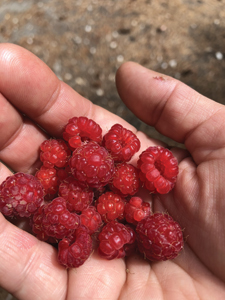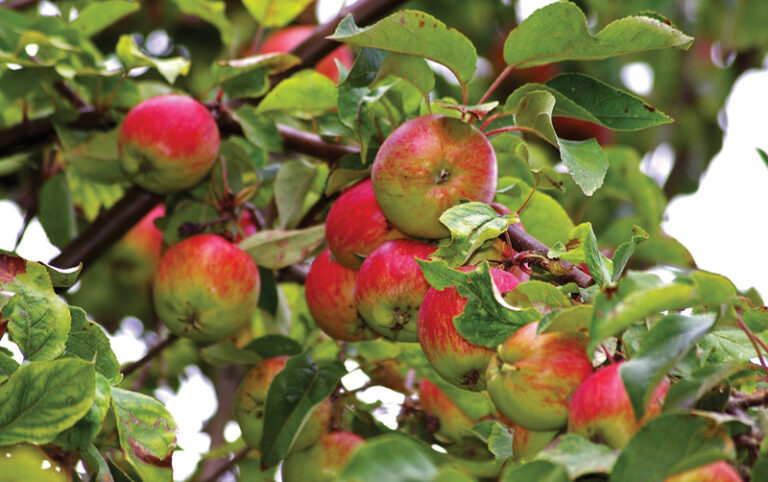Reap what you have sown
 September is a grand month for harvesting the fruits of your labours. The shorter days might find you picking autumn raspberries, enjoying the last of your peas and runner beans, trying to harvest the lettuces before the slugs reduce them to slime, picking your courgettes and digging up your remaining potatoes, making sure not to leave any behind. This is also the beginning of the harvest for early apple varieties, as well as for pears, medlars and quince.
September is a grand month for harvesting the fruits of your labours. The shorter days might find you picking autumn raspberries, enjoying the last of your peas and runner beans, trying to harvest the lettuces before the slugs reduce them to slime, picking your courgettes and digging up your remaining potatoes, making sure not to leave any behind. This is also the beginning of the harvest for early apple varieties, as well as for pears, medlars and quince.
September is an excellent time to assess the success of your outdoor space. Did it perform in the way you hoped? Did you have enough colour, adequate screening from the wind, usable shade and shelter from sun and rain, and visual interest that delighted you? Was your paving or hard surfacing ideal for your needs? Did you get around to using your garden table and chairs as often as you hoped? If not – why? It’s a good time to move things around and to plan for next year.
Bear in mind that, with climate change, seasons are likely to gradually merge over time. A hot summer has never been guaranteed in the UK so we should work with what we are given. The winters tend to be warmer than those in the past. Many insects can now survive over the cool season and there are likely to be continental pests that can now thrive. Keep an eye out for pests and try to attract as many birds as possible to the garden so that they can clean up. It is thought that our feathery friends will eventually develop a taste for box caterpillars, for example, given a few more seasons of plenty.
This can be a wonderfully golden and generous month, with soft light levels and welcome warmth. Don’t forget to notice and enjoy it, rather than mourn the passing of summer.
Good gardeners tend to be forward-thinking
If shape, lush greenery or colour were lacking in your garden this year, consider adding plants as architectural features and perennials for colour. Plant aromatics around the pathways where a delicious scent will be released as you walk through, and place energising specimens in key locations to rejuvenate the soul. Specimen plants or artwork are all sculptural forms that act as punctuation marks in a garden. They hold the interest, providing emphasis. Try adding balls or pyramids of evergreens to provide refinement, contoured hedges for a calming flow, espalier-trained fruit trees to add a touch of class and create a screen, or the bold spiky leaves of something like agave to add drama and style. Multi-stemmed trees or clear-stemmed large shrubs are visually effective against a plain wall, whilst verticals such as Italian cypresses or fastigiate yew are timeless, lending an air of sophistication with a classical feel. Playing with ideas and moving things around are part of the gardening fun, and this is the perfect time to indulge!
By Caroline Knight


